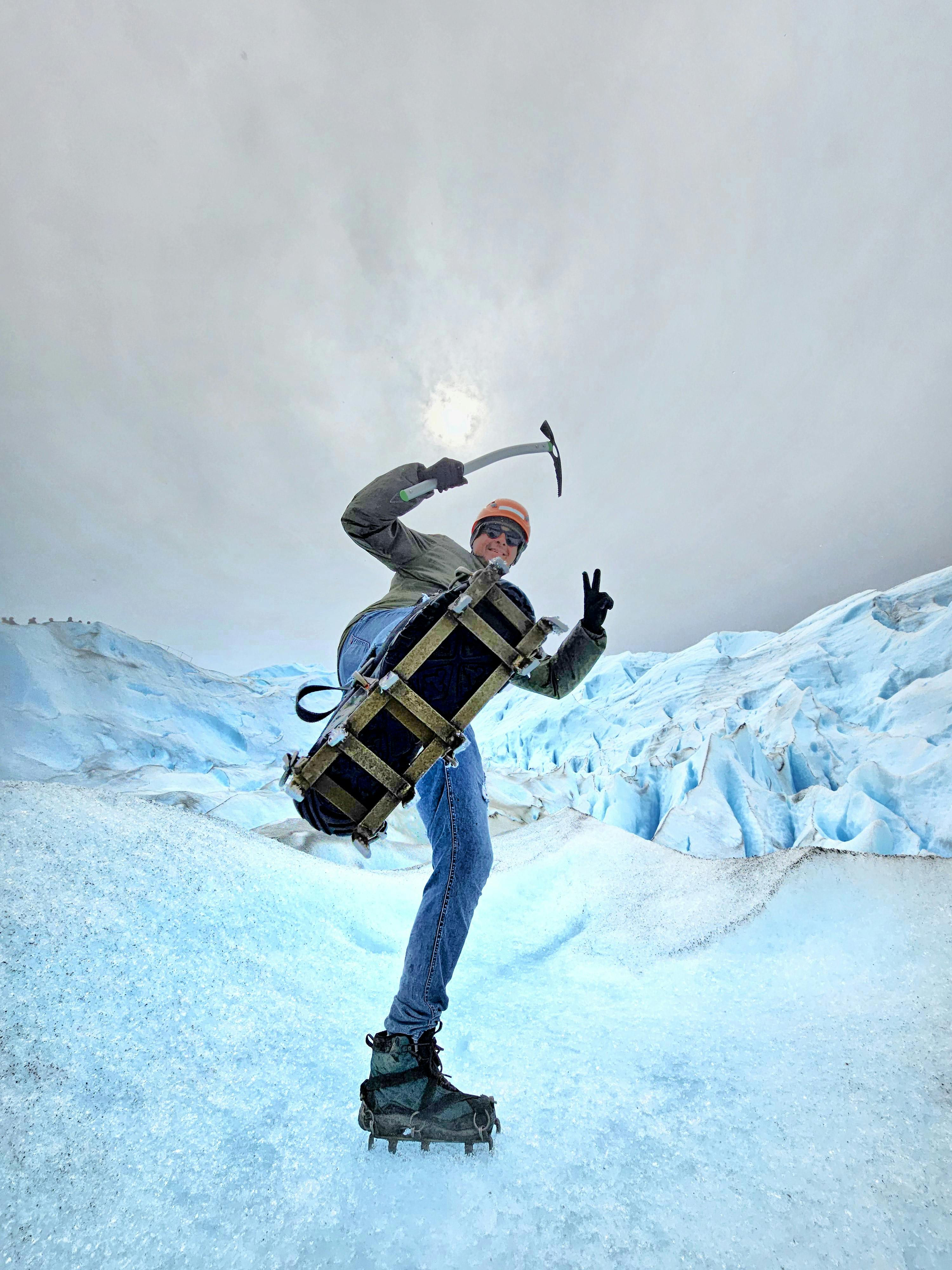Discover How Snowmobiles Work and Explore Winter Adventures
Snowmobiles are machines that glide over snow and ice. They have wide tracks and handlebars that help riders move across frozen lakes, snowy hills, and forests. Learn about how they work, different types, and the history of these winter vehicles while imagining exciting journeys through snowy landscapes.

Modern snowmobiles operate through a sophisticated combination of mechanical systems designed specifically for snow travel. The primary propulsion comes from a continuous rubber track with embedded cleats that grip and push against the snow surface. This track system, powered by either a two-stroke or four-stroke engine, rotates around a series of wheels and provides forward momentum. The front steering system uses two skis that glide across the snow while allowing directional control through handlebar steering, similar to a motorcycle.
Understanding Different Snowmobile Types
Snowmobile manufacturers produce several distinct categories to meet varying rider needs and terrain requirements. Trail snowmobiles feature longer tracks and comfortable seating for extended rides on groomed paths. Mountain snowmobiles incorporate shorter, wider tracks with aggressive tread patterns for deep powder navigation and steep terrain climbing. Utility snowmobiles prioritize cargo capacity and towing capability over speed, making them ideal for work applications. Racing snowmobiles maximize power-to-weight ratios and aerodynamics for competitive performance.
Exploring Snowmobile History and Evolution
The snowmobile concept emerged in the early 1900s when inventors began experimenting with motorized snow travel. Joseph-Armand Bombardier created the first commercially successful snowmobile in 1937, initially designing larger vehicles for transportation in remote Canadian communities. The modern recreational snowmobile took shape in the 1960s when Bombardier introduced the Ski-Doo, featuring a lightweight design suitable for individual riders. Since then, technological advances have improved engine efficiency, reduced emissions, and enhanced safety features while maintaining the fundamental track-and-ski design principle.
Essential Winter Vehicle Guide Features
Contemporary snowmobiles incorporate numerous features that enhance performance and rider safety in winter conditions. Electronic fuel injection systems ensure reliable starting and optimal performance across varying temperatures and altitudes. Suspension systems with adjustable shocks absorb terrain impacts and provide rider comfort during extended rides. Hand and thumb warmers prevent frostbite during cold weather operation, while electric start systems eliminate the physical effort required with pull-start mechanisms. Advanced models include GPS navigation, digital displays showing engine parameters, and even reverse gear capabilities.
Practical Snow Travel Tips for Riders
Successful snowmobile operation requires understanding both machine capabilities and winter safety principles. Pre-ride inspections should include checking track condition, ski alignment, fuel levels, and safety equipment functionality. Riders should dress in layers with moisture-wicking base layers, insulating middle layers, and windproof outer shells. Essential safety gear includes helmets, goggles, gloves, and emergency supplies such as first aid kits and communication devices. Understanding local trail systems, weather conditions, and avalanche risks helps ensure safe and enjoyable winter adventures.
Snow Adventure Machines and Their Applications
Beyond recreational use, snowmobiles serve crucial roles in various professional and emergency applications. Search and rescue teams rely on snowmobiles to access remote areas during winter emergencies when traditional vehicles cannot navigate snow-covered terrain. Utility companies use specialized snowmobiles to maintain power lines and infrastructure in remote locations. Tourism operators offer guided snowmobile tours, providing access to pristine winter landscapes and wildlife viewing opportunities. Some communities in northern regions depend on snowmobiles for essential transportation when roads become impassable.
| Snowmobile Type | Price Range | Key Features | Best For |
|---|---|---|---|
| Entry-Level Trail | $8,000 - $12,000 | Basic suspension, 600cc engine | Beginners, casual riding |
| Premium Trail | $12,000 - $16,000 | Advanced suspension, heated grips | Long-distance touring |
| Mountain Sled | $13,000 - $18,000 | Deep snow track, lightweight | Backcountry exploration |
| Utility Model | $10,000 - $15,000 | Cargo rack, towing capacity | Work applications |
Prices, rates, or cost estimates mentioned in this article are based on the latest available information but may change over time. Independent research is advised before making financial decisions.
Snowmobile technology continues advancing with environmental considerations driving innovation toward cleaner, more efficient engines. Four-stroke engines and direct injection systems reduce emissions while maintaining performance standards. Electric snowmobile prototypes show promise for quiet, zero-emission winter recreation, though battery technology currently limits range and power compared to traditional engines. As winter recreation grows in popularity and environmental awareness increases, snowmobile manufacturers balance performance demands with sustainability goals, ensuring these winter adventure machines remain viable for future generations of outdoor enthusiasts.




